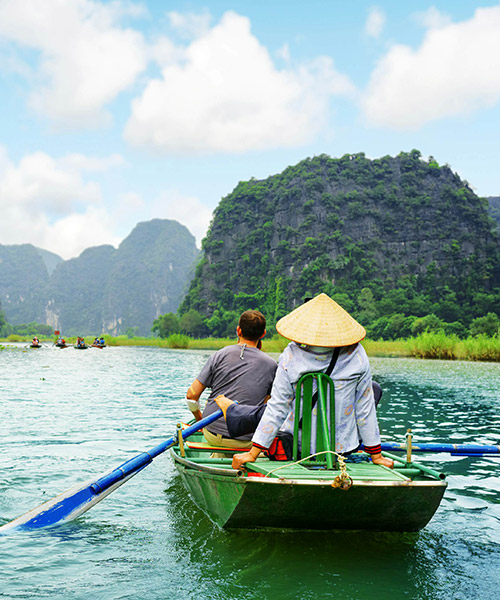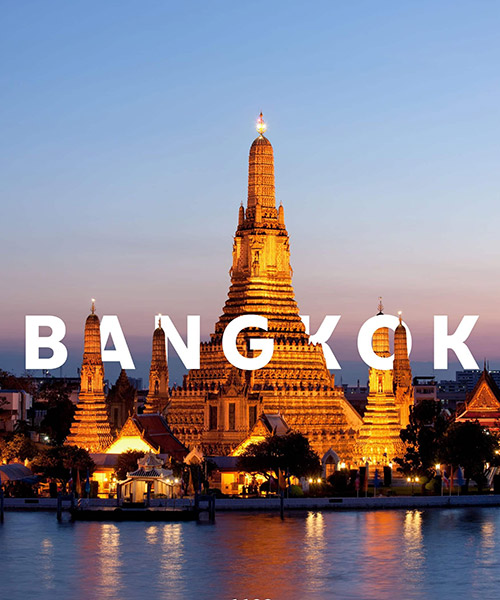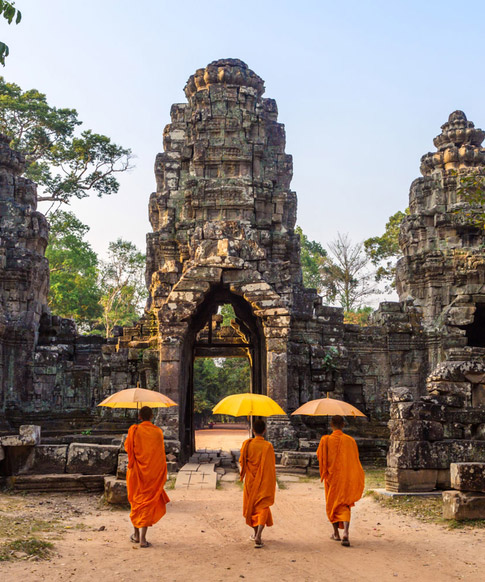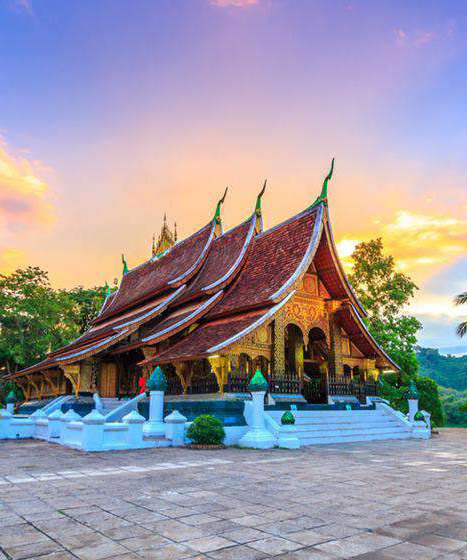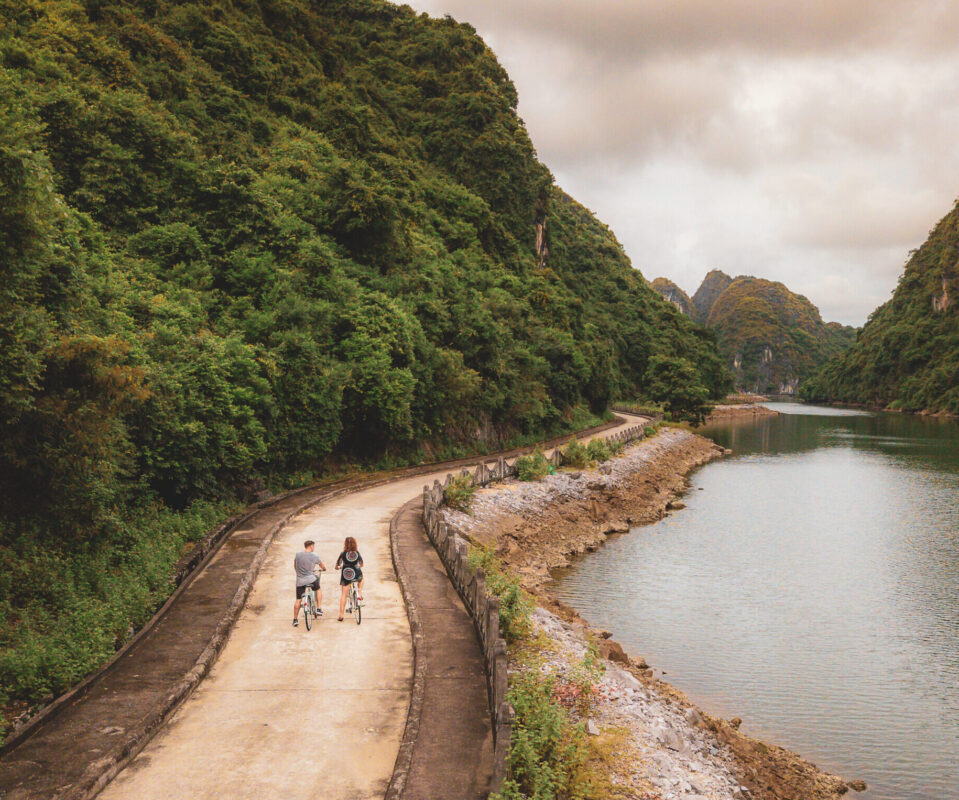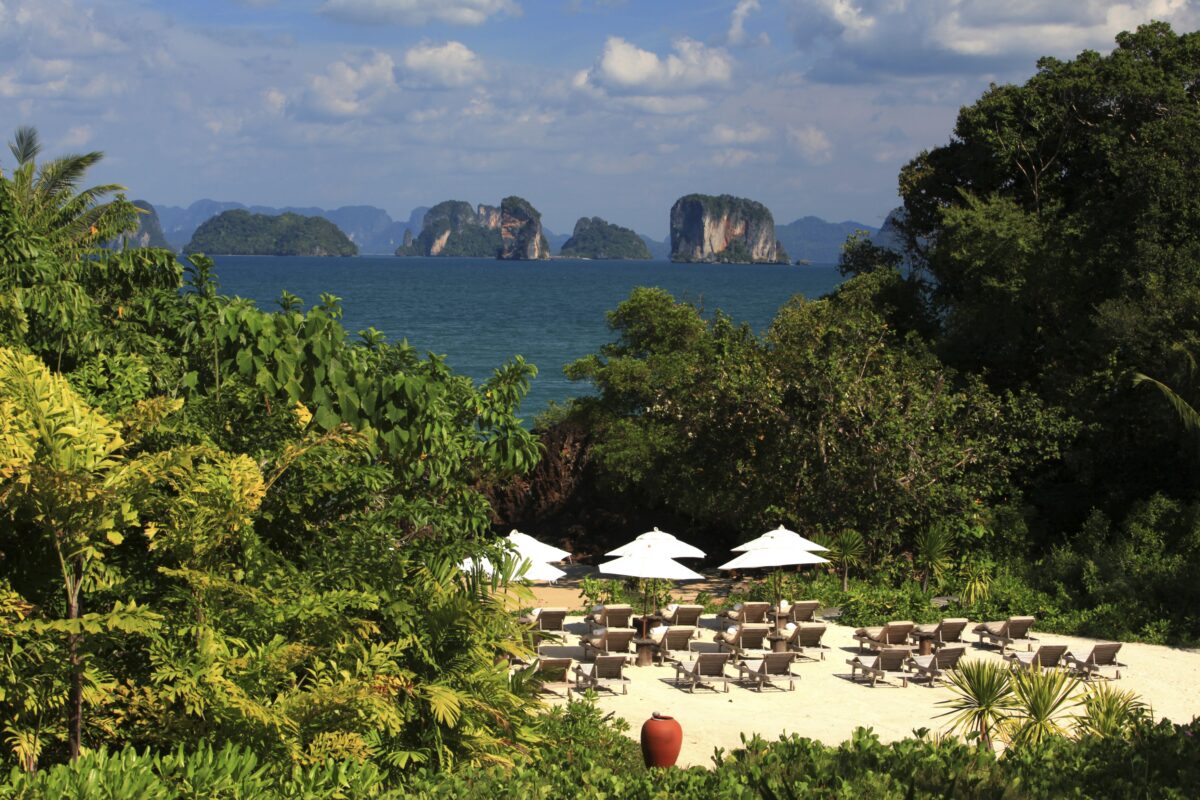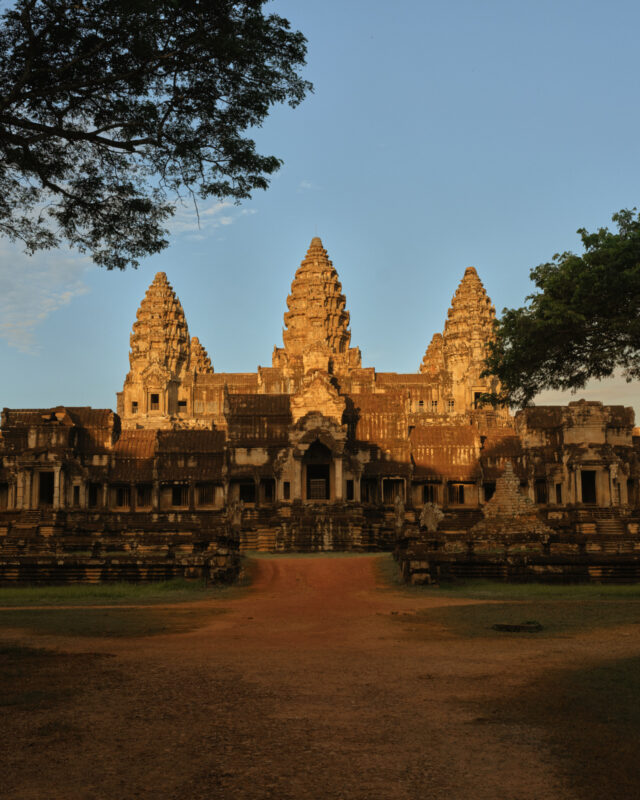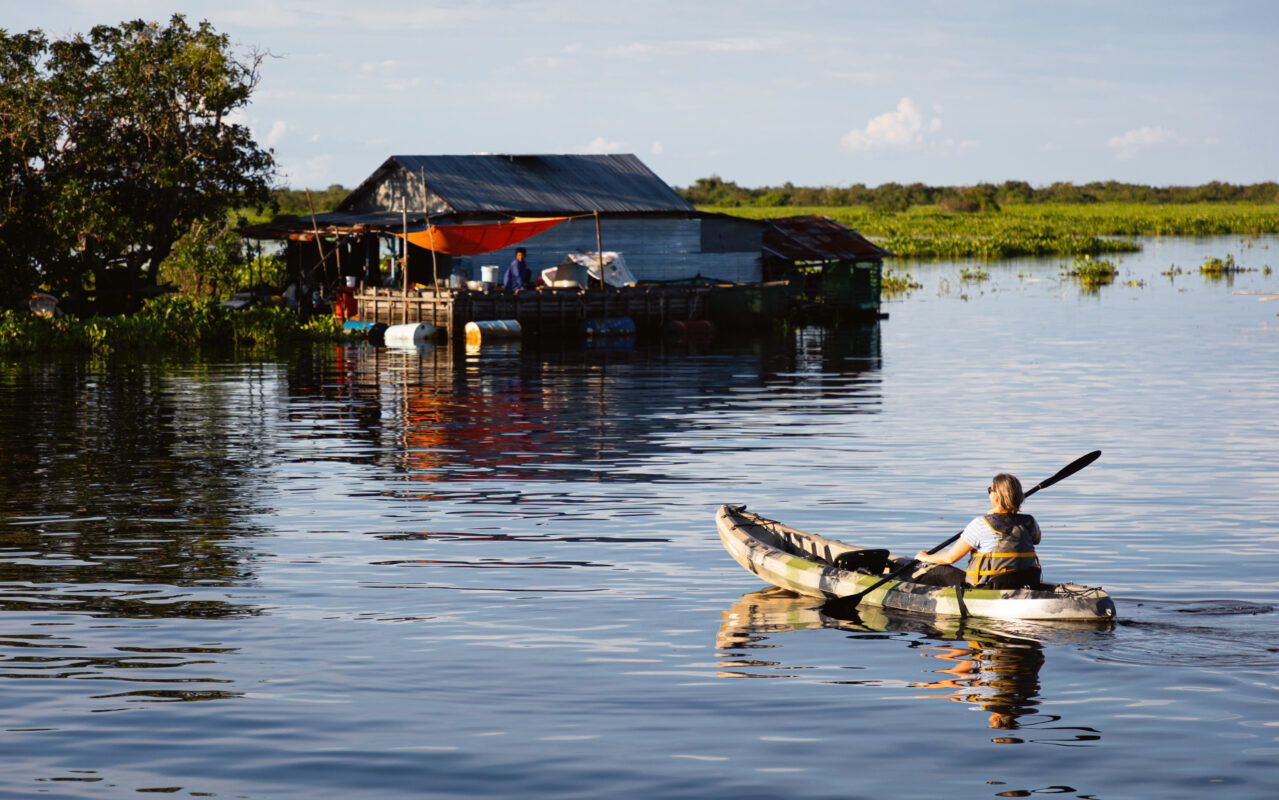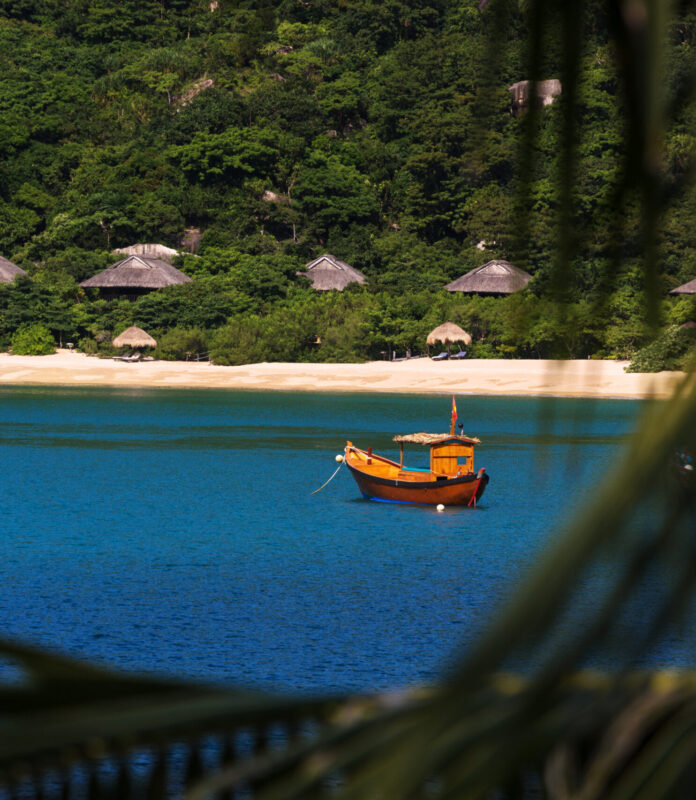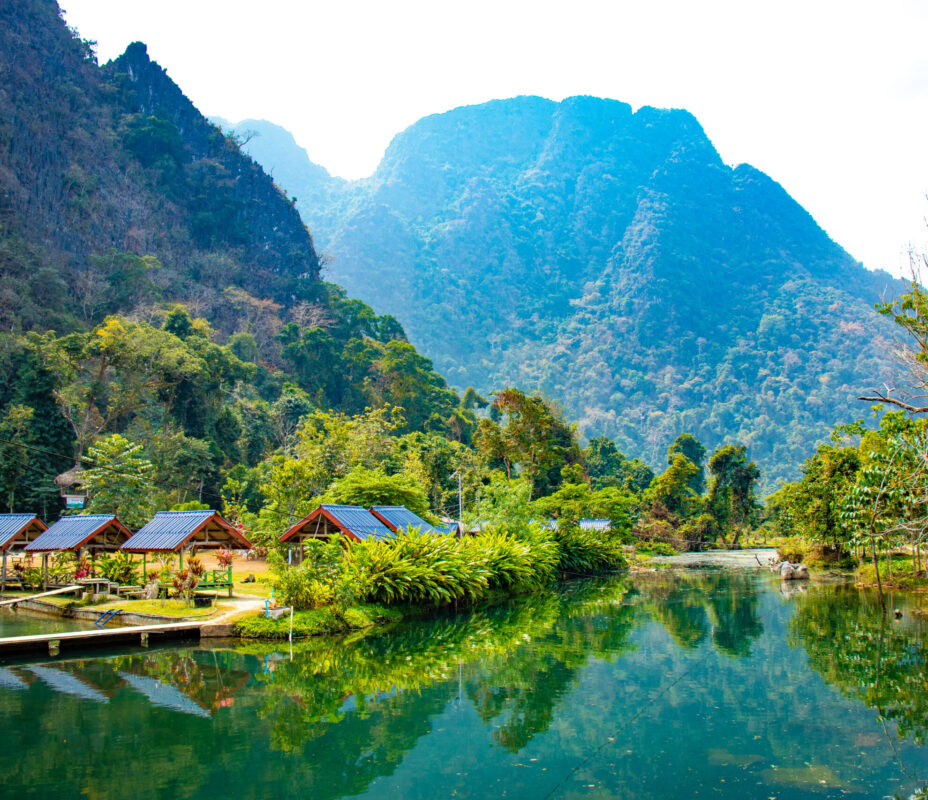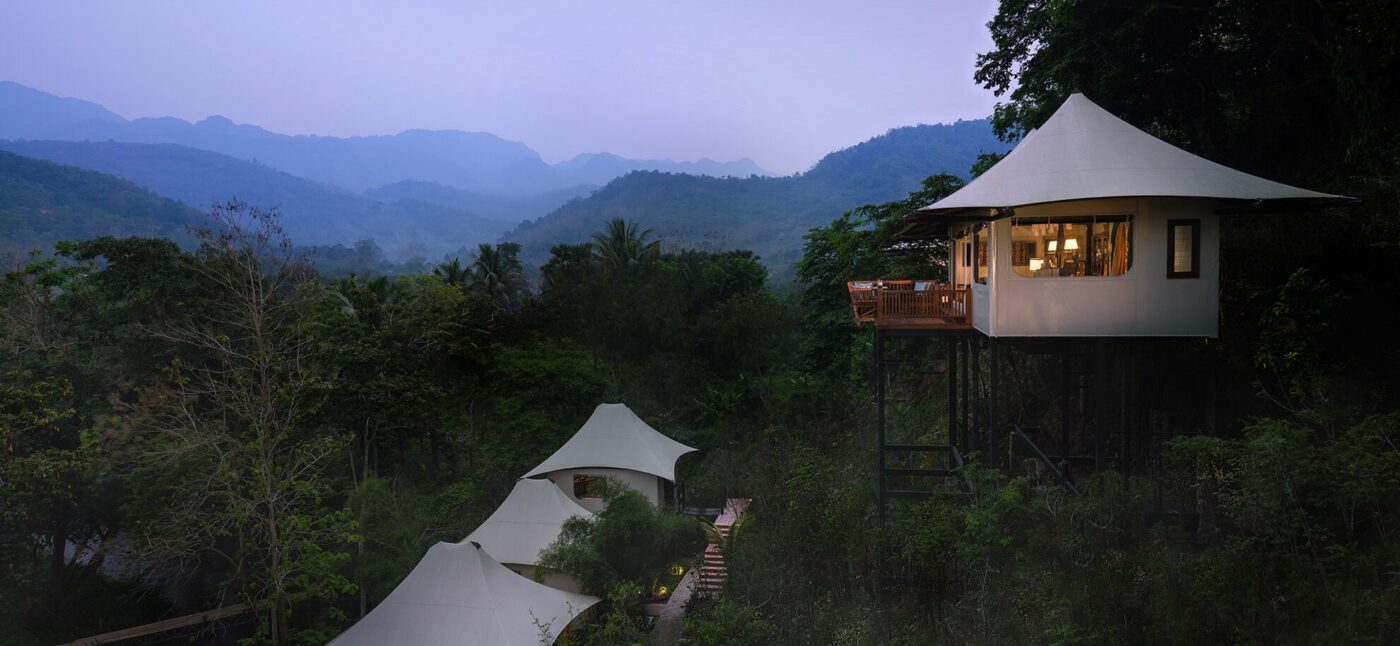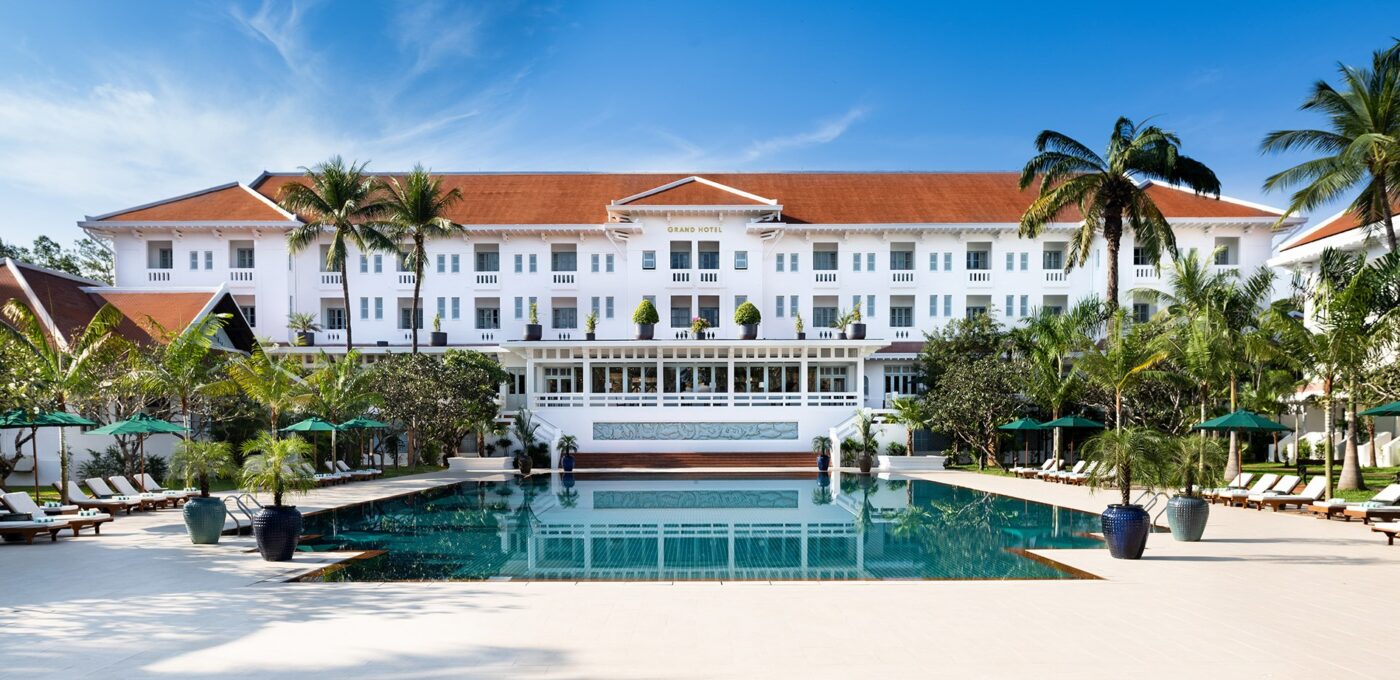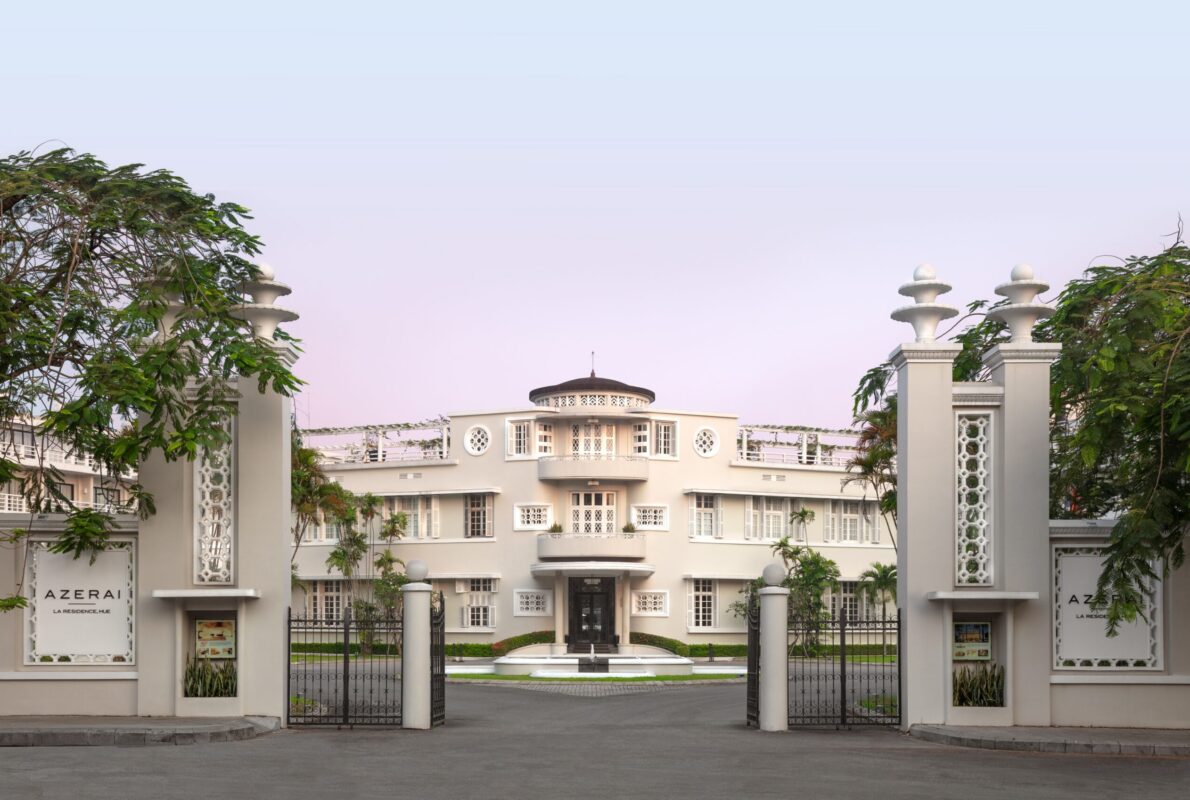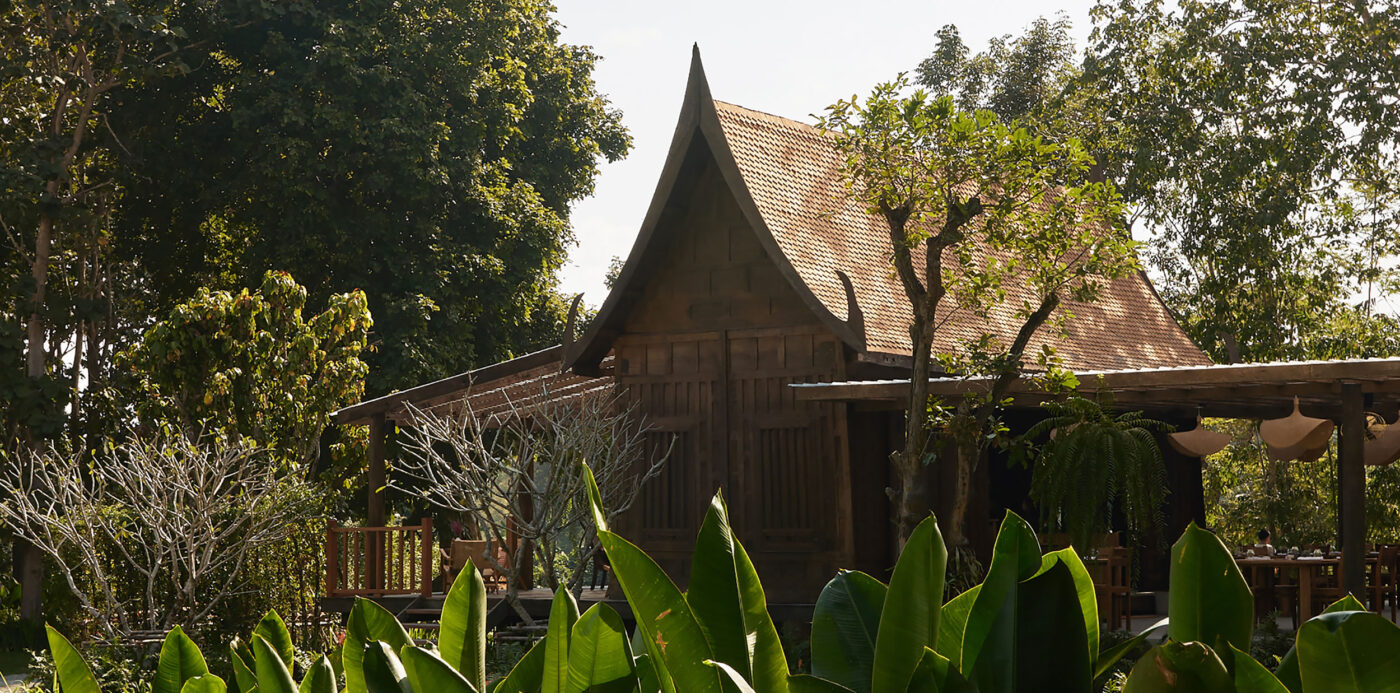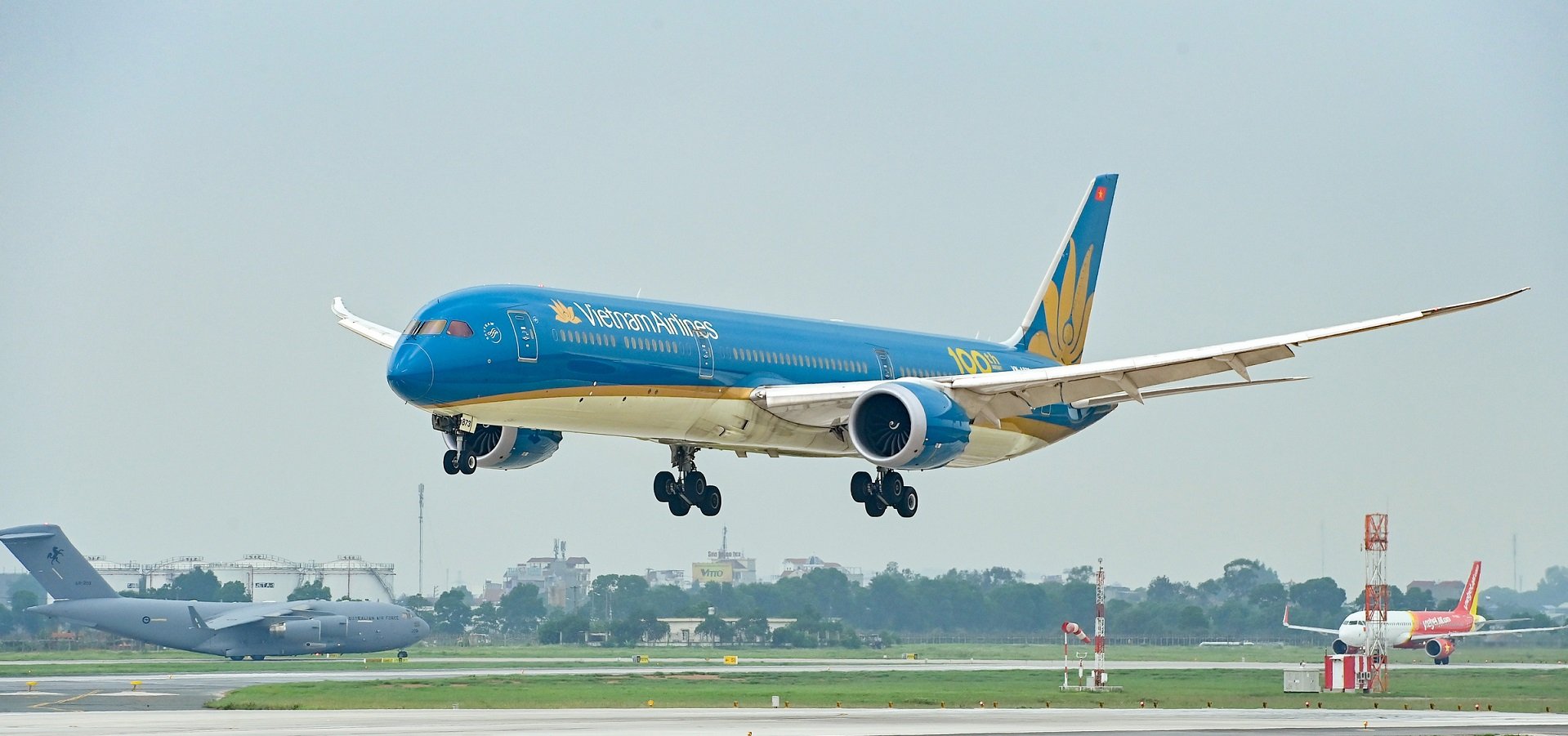The number of direct flights to Vietnam’s three main international airports – Ho Chi Minh City, Hanoi and Da Nang – have increased steadily in recent years. However, the majority of visitors take the cheaper option of an indirect flight routed through Bangkok, Singapore or Hong Kong; a stay in one of these cities can be factored into your schedule, often at no extra cost. You may well save even more by taking a bargain-basement flight to Bangkok, Kuala Lumpur or Singapore, and a separate ticket through one of the region’s low-cost carriers, such as Jetstar, Tiger Airways and Air Asia, for the Vietnam leg.
Airlines that fly in and out of both Hanoi and Ho Chi Minh City normally sell you an open-jaw ticket, which allows you to fly into one city and out of the other, leaving you to travel up or down the country under your own steam.
Airfares always depend on the season, with the highest generally being July to August, during the Christmas and New Year holidays and around Tet, the Vietnamese New Year; fares drop during the “shoulder” season – September to mid-December – and you’ll get the best prices during the low season, January to June.
You can often cut costs by going through a specialist flight agent – either a consolidator, who buys up blocks of tickets from the airlines and sells them at a discount, or a discount agent, who in addition to dealing with discounted flights may also offer special student and youth fares and a range of other travel-related services such as travel insurance, rail passes, car rentals, tours and the like.
Combining Vietnam with other Southeast Asian countries is becoming increasingly popular – and a lot cheaper and easier – thanks to some good-value regional air deals. Jetstar, for example, flies from Singapore to Ho Chi Minh City, while Tiger Airways flies from Singapore to Hanoi and Ho Chi Minh City. Air Asia offers daily services from Bangkok and Kuala Lumpur to both Hanoi and Ho Chi Minh City. As with all discount airlines, prices depend on availability, so the earlier you book the better, though you may also find last-minute promotional fares, seat giveaways and so forth at less busy times of the year.
From the UK and Ireland
Vietnam Airlines flies direct from London to Ho Chi Minh City and Hanoi (both around 12 hours) but there are no direct flights from Ireland. You may save money by flying with a Middle Eastern or Southeast Asian carrier such as Qatar, Singapore Airlines, Malaysia Airlines, Emirates or Cathay Pacific from London via the airline’s home city.
A good place to look for the best deals is the travel sections of the weekend newspapers and in regional listings magazines. Students and under-26s can often get discounts through specialist agents such as STA or USIT in Ireland.
RECOMMENDED JOURNEYS
We continue to expand our destination portfolio offering our clients more diverse itinerary options and authentic local experiences.
From the US and Canada
No direct flights exist between Vietnam and North America for the time being. In 2004 United Airlines became the first American carrier to resume direct flights to Vietnam since 1975, but this service was discontinued in 2016. To reach Vietnam from North America, you’ll have to catch one of the many flights to a regional hub, such as Bangkok, Singapore or Hong Kong, and continue on from there.
Note that some routings require an overnight stay in another city such as Bangkok, Taipei, Hong Kong or Seoul, and often a hotel room will be included in your fare – ask the airline and shop around since travel agents’ policies on this vary. Even when an overnight stay is not required, going to Vietnam can be a great excuse for a stopover: most airlines will allow you one free stopover in either direction.
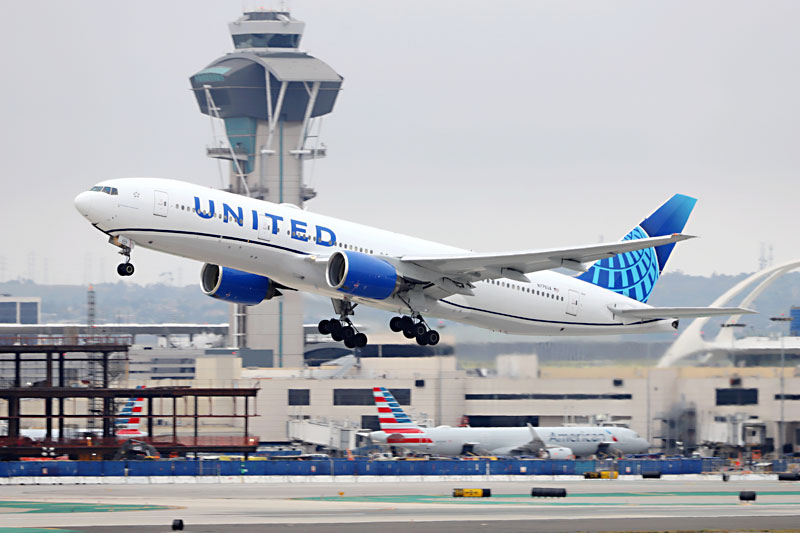
From Australia and New Zealand
Direct flights between Australia and Vietnam are in surprisingly poor supply, with Vietnam Airlines operating routes from Ho Chi Minh City to Melbourne and Sydney (both 8-9 hours). The alternative is to fly to another Asian gateway, such as Bangkok, Kuala Lumpur, Singapore or Hong Kong, and then either get connecting flights or travel overland to Hanoi or Ho Chi Minh City. You can do this with AirAsia, Cebu Pacific, Jetstar, Malaysia Airlines, Singapore Airlines and Thai Airways.
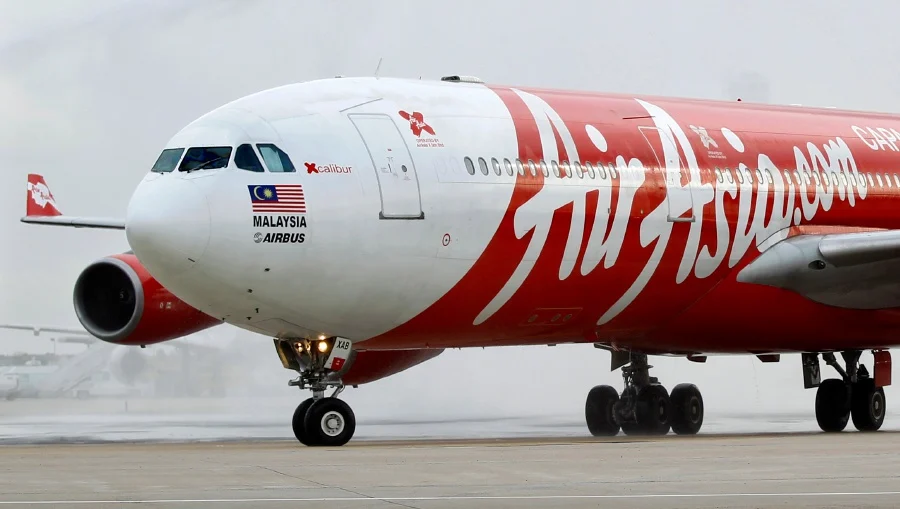
There are no direct flights from New Zealand; AirAsia fly from Aukland to Kuala Lumpur and thence to Vietnam, but you’ll often get cheap-as routings via Australia too. As for flag carriers, decent low-season fares can be found with Malaysia Airlines, Thai Airways, Qantas and Singapore Airlines.
From neighbouring countries
By air
Regional air connections are becoming better and better – you can fly from many cities in Cambodia, Laos, Malaysia and Thailand, while options are also profuse from South Korea, Japan and mainland China. Budget options are increasing every year: from Singapore you can choose from Jetstar, Scoot, Silk Air and Vietjet Air, and from Bangkok you can try AirAsia, Jetstar, Lion Air, Nok Air or Vietjet – and there are also plenty of options from Kuala Lumpur.
Overland
It’s simple to enter Vietnam overland from China, Laos or Cambodia, an option that means you can see more of the region than you would if you simply jetted in. However, it must be said that regional air connections are becoming better and better – you can fly from many cities in Southern China, from Phnom Penh or Siem Reap with Cambodia Angkor Air (bookable through codeshare partner Vietnam Airlines), or from Vientiane with Vietnam Airlines or Lao Airlines.
The border in China is open to foreigners at Lao Cai, Thanh Thuy near Ha Giang, Dong Dang near Lang Son and Mong Cai. Always bring your passport when buying train tickets, and note that only soft-sleeper tickets are available on these cross-border trains.
From Laos, six border crossings are currently open to foreigners: Lao Bao, the easiest and most popular, some 80km west of Dong Ha; Cau Treo and Nam Can, to the north and northwest of Vinh; Na Meo, northwest of Thanh Hoa; Bo Y, northwest of Kon Tum; and Tay Trang, just west of Dien Bien Phu. While it’s perfectly possible – and cheaper – to use local buses to and from the borders, international bus services also run from Savannakhet and Vientiane to Hanoi, Dong Ha, Vinh, Da Nang and other destinations in Vietnam: these direct services are recommended, as regular reports of extortion continue to come in from those crossing independently.
From Cambodia you can travel by air-conditioned bus from Phnom Penh straight through to Ho Chi Minh City, via the Moc Bai crossing. Cheaper operators tend to use old buses and usually get you to switch at the border. Many tour companies in Phnom Penh will be able to organize boat-plus-bus services, which are a fun way to cross the border. There are two crossings in the Mekong Delta area – Vinh Xuong and Tinh Bien – which are respectively 30km north and 25km west of Chau Doc. There are also border crossings at Xa Xia, on the coast west of the delta, which is useful if you are coming from Kep or Sihanoukville on the Cambodian coast; and at Le Thanh in the central highlands, making it possible to go from Banlung in northeast Cambodia straight through to Pleiku.
As long as you have a valid visa, crossing these borders is generally not a problem, though you may still find the odd Vietnamese immigration official who tries to charge a “processing fee”. Most border gates are open from around 7am to 5pm and may close for an hour over lunch.

